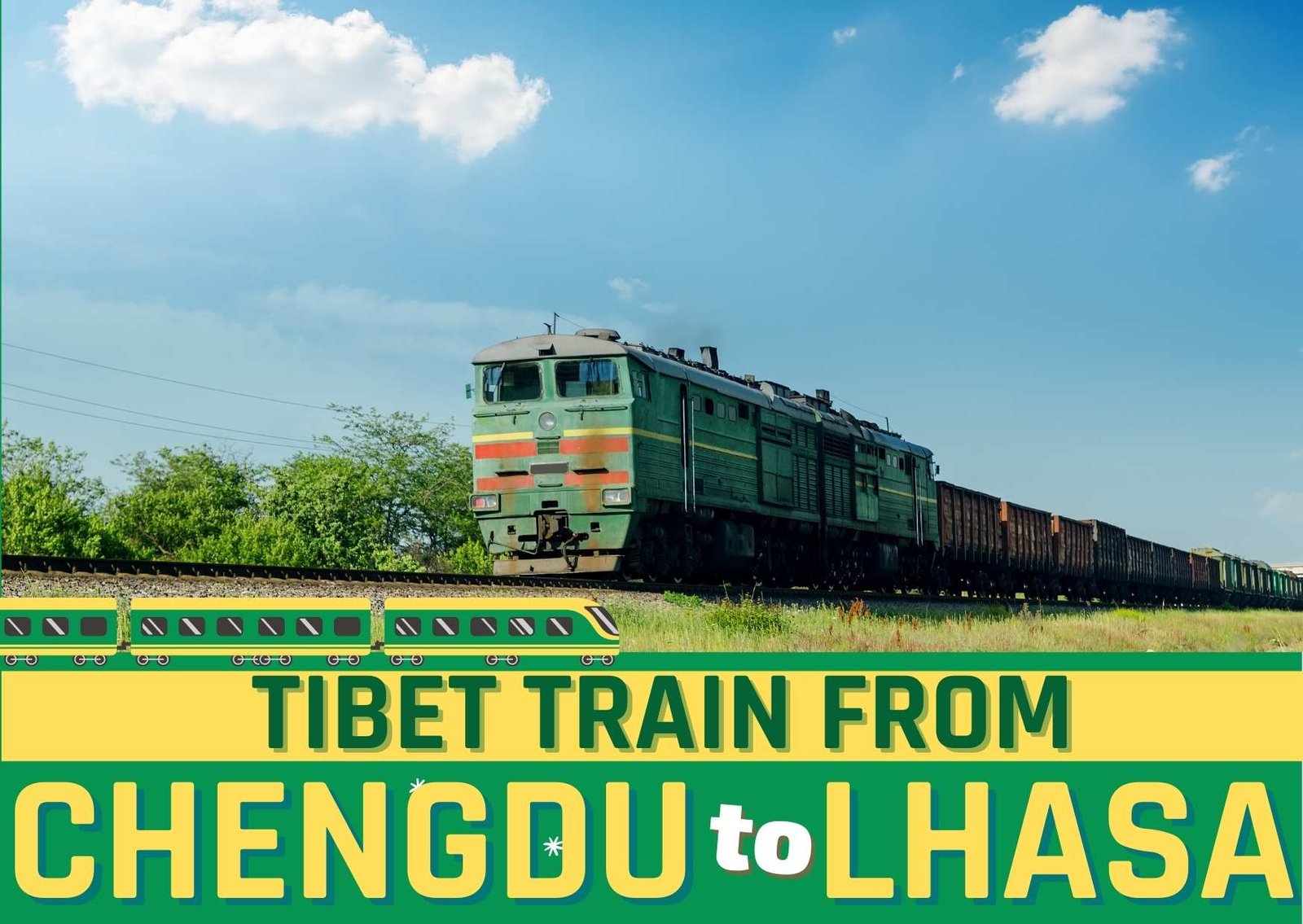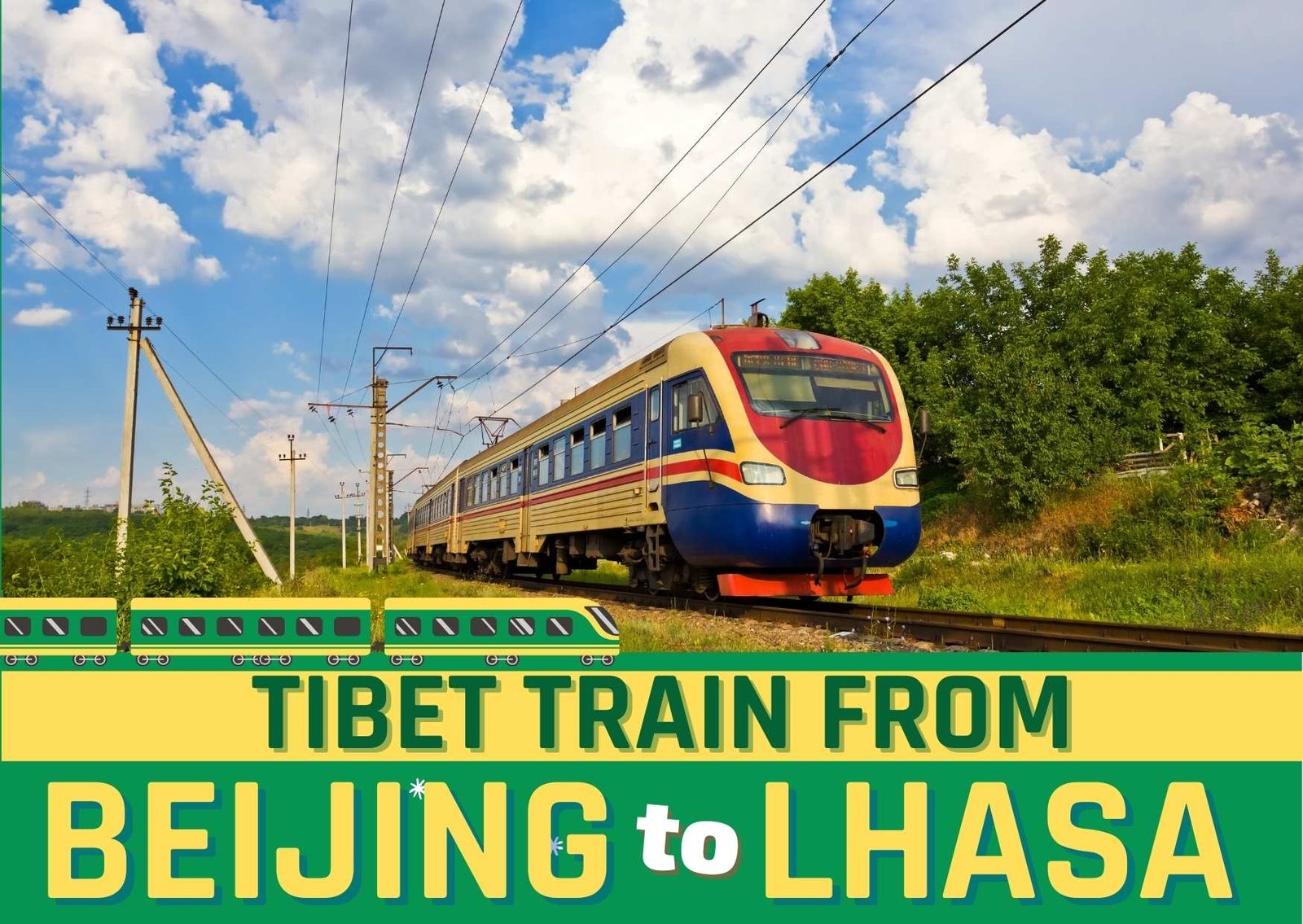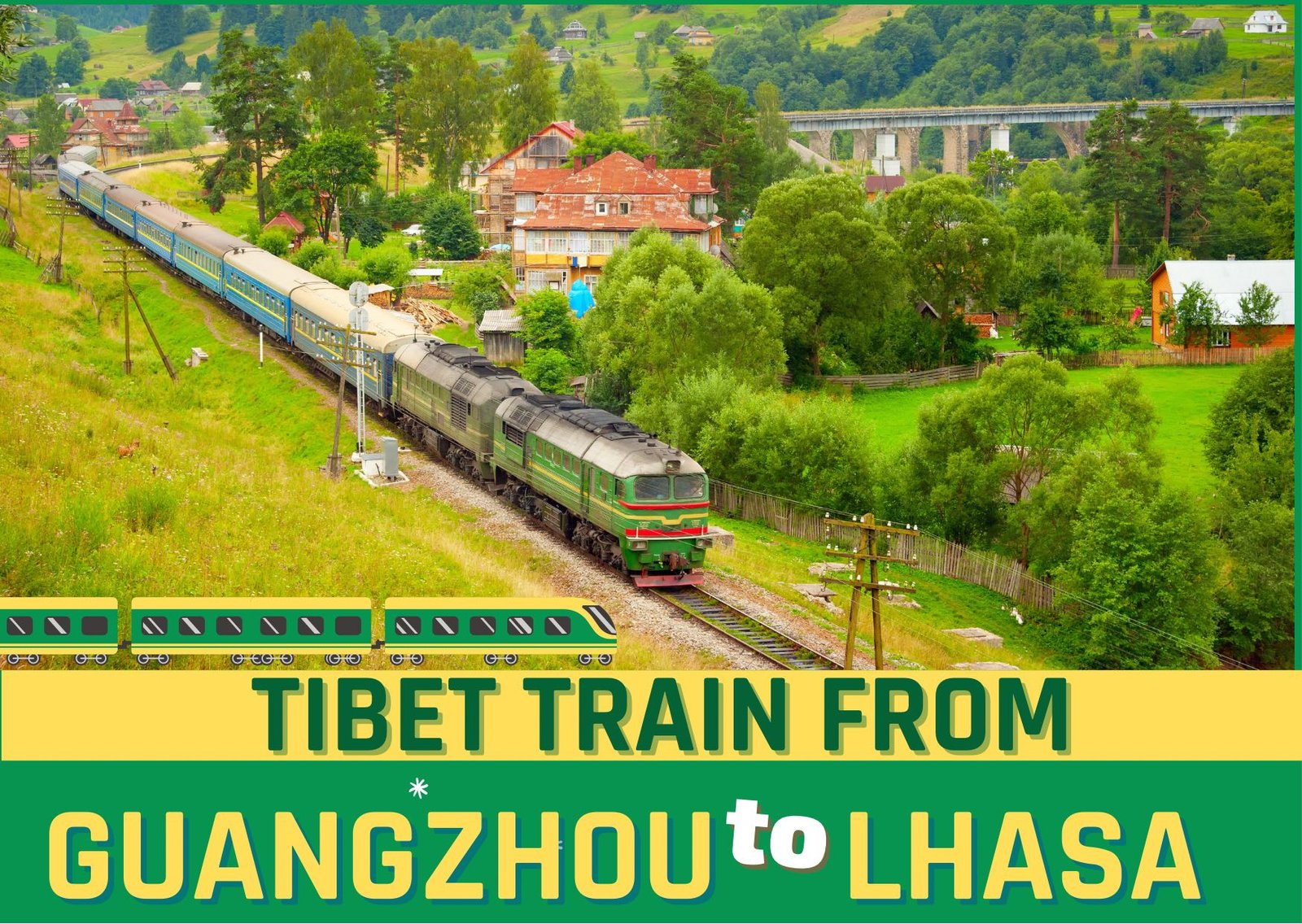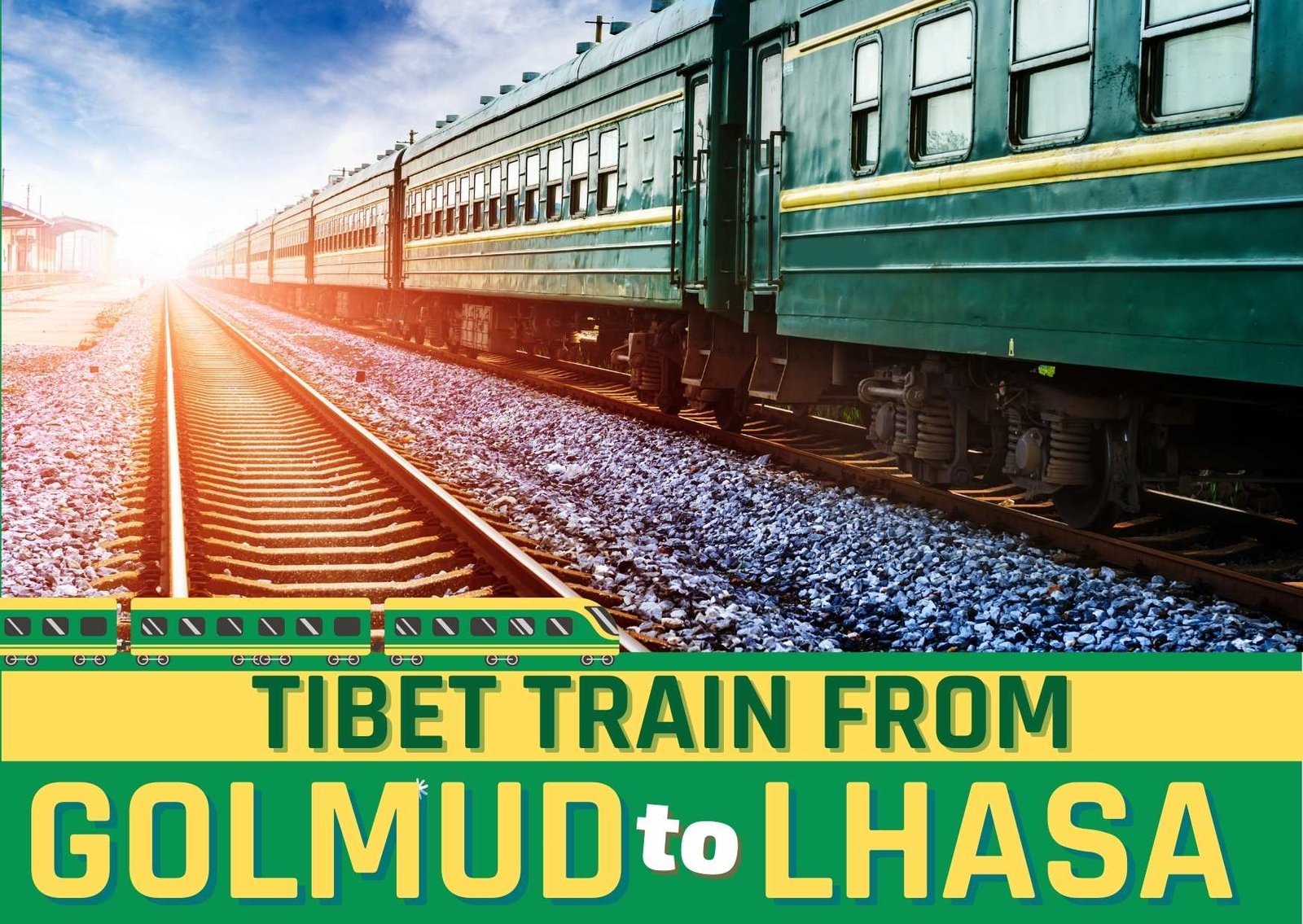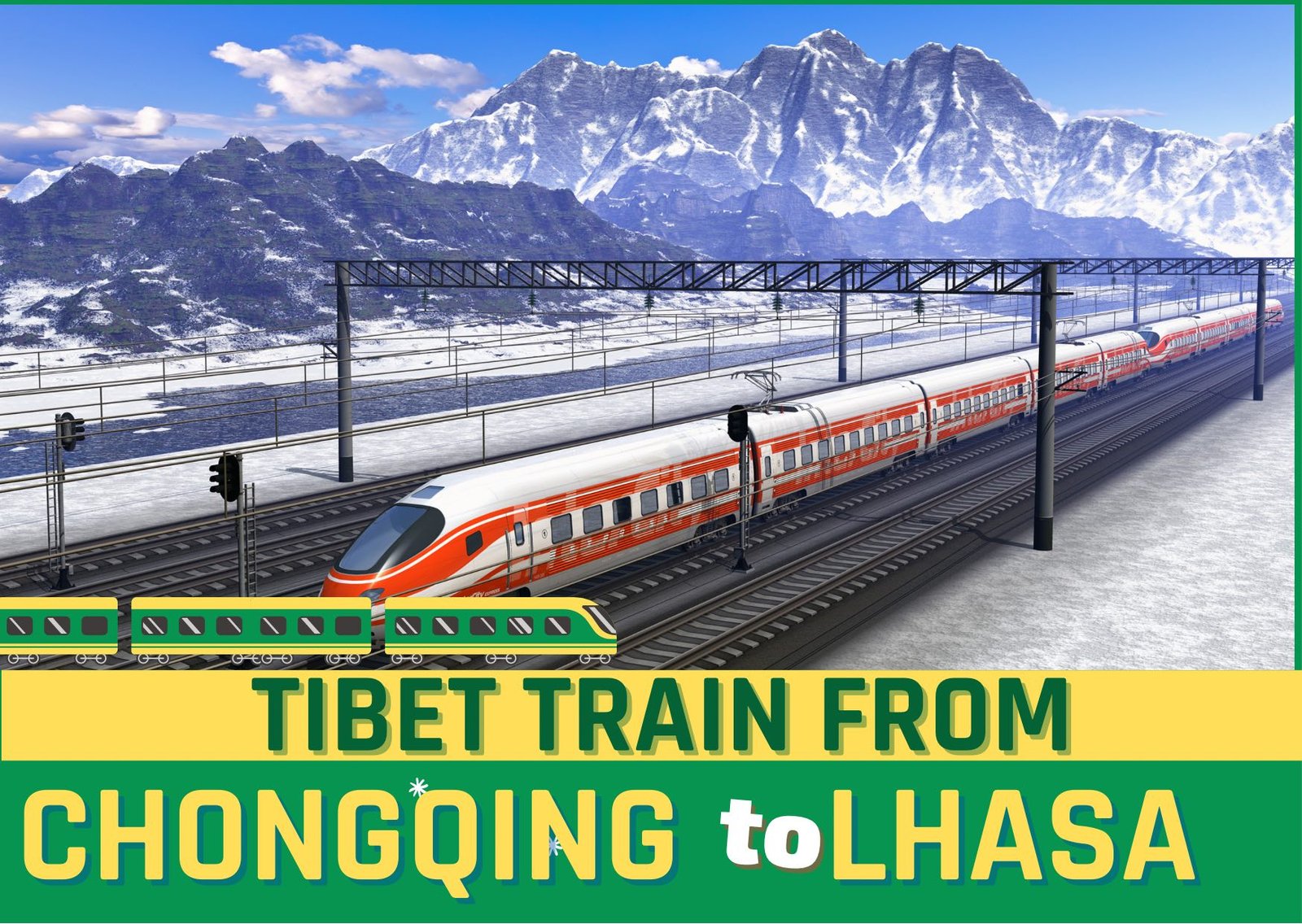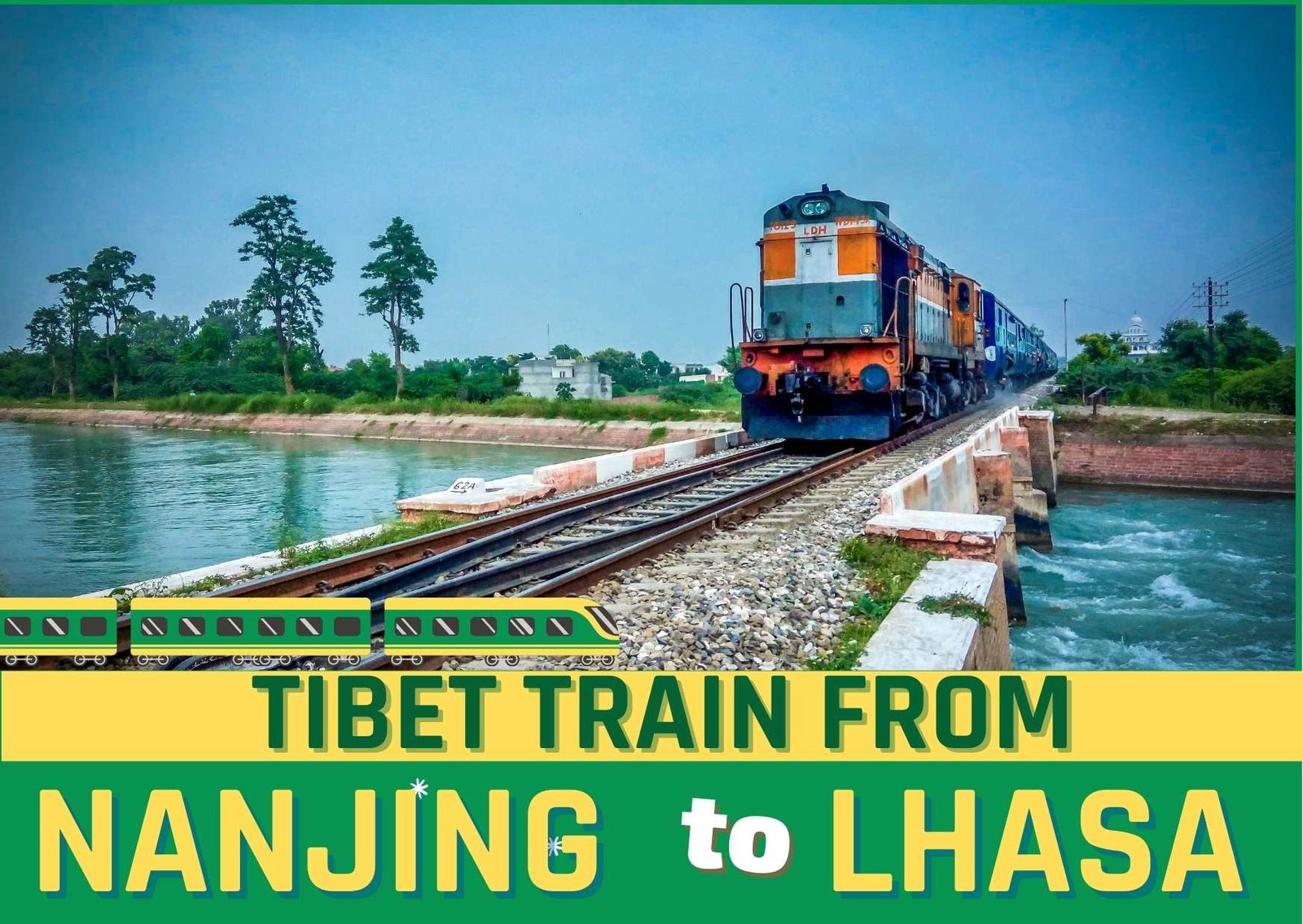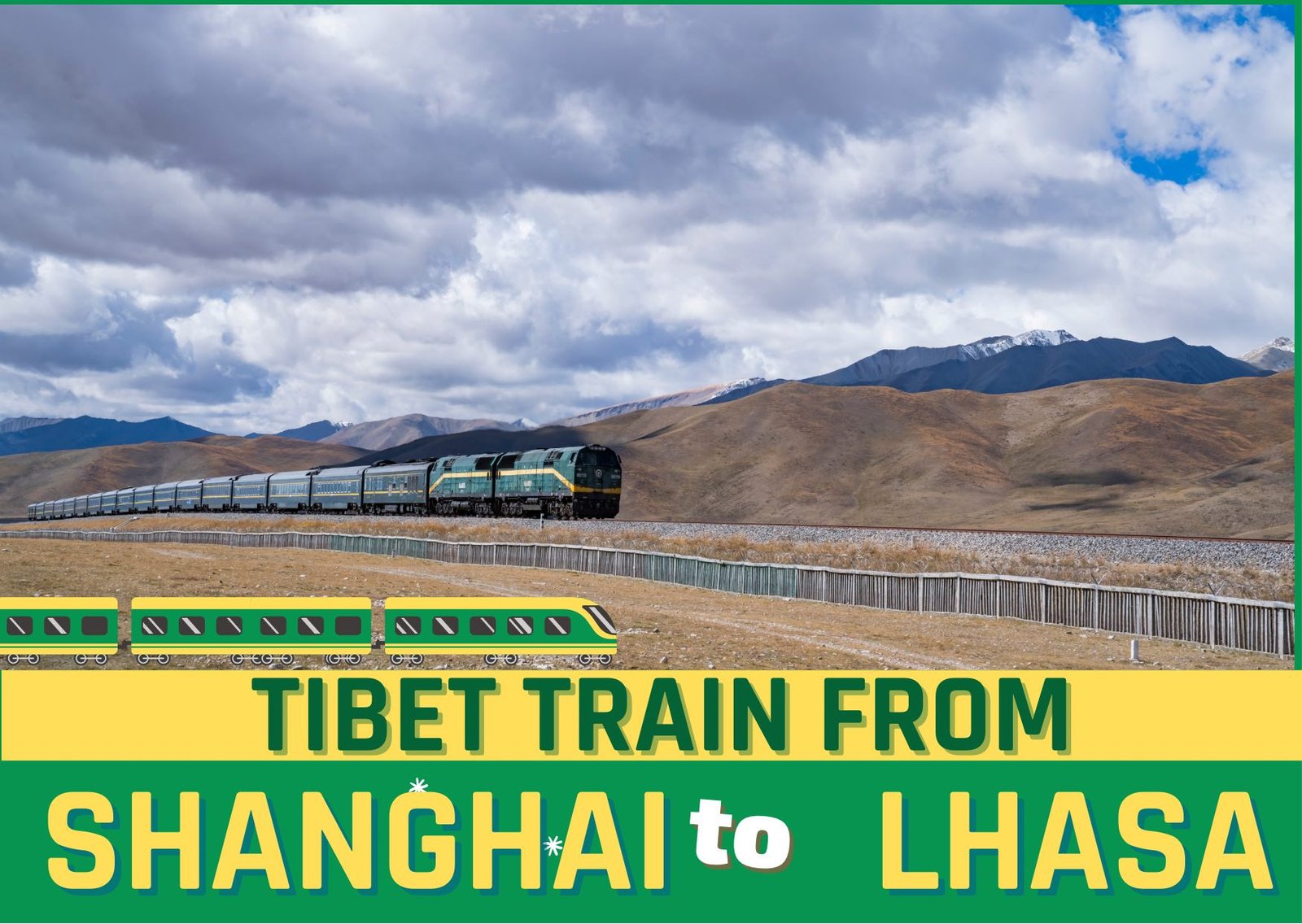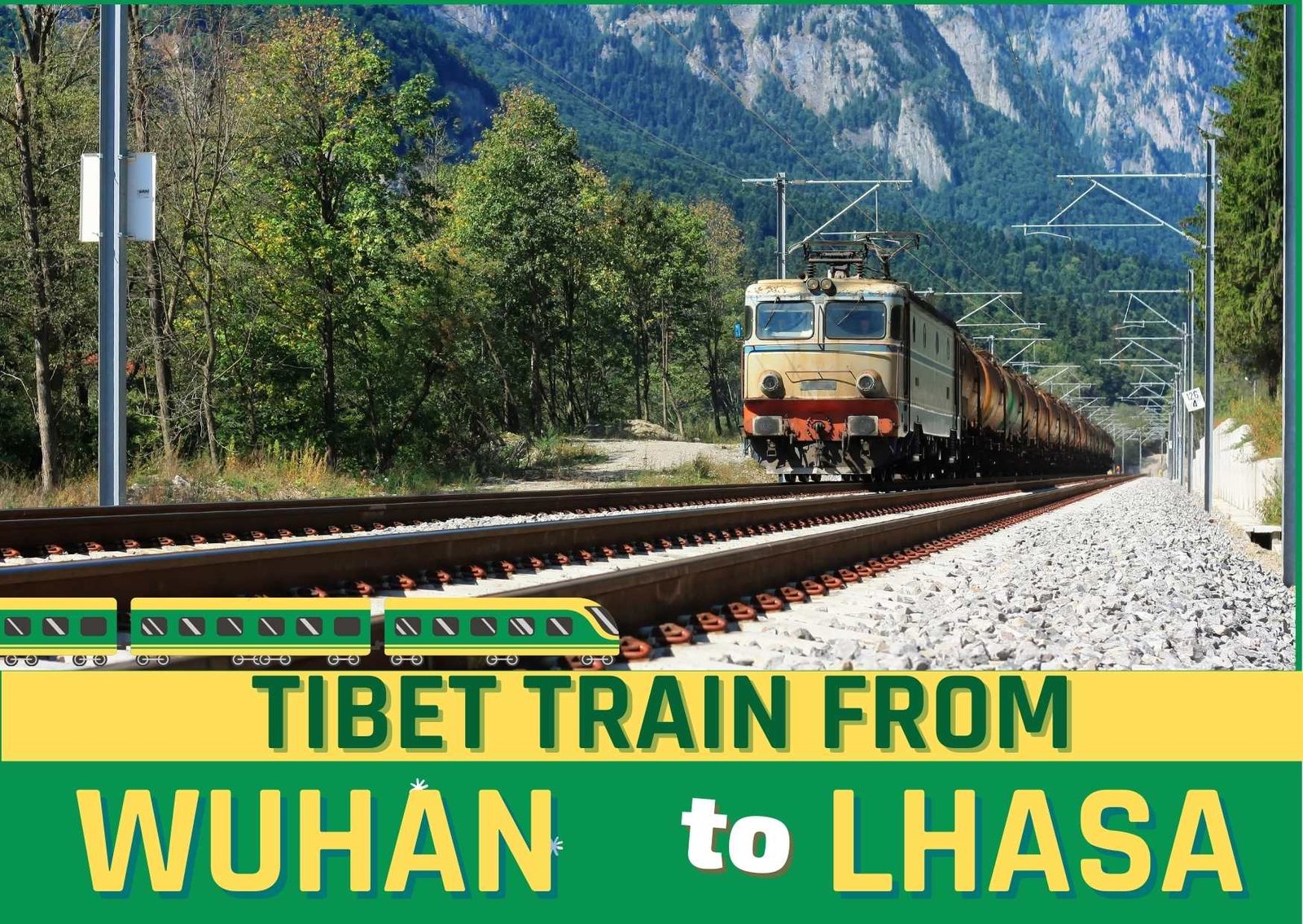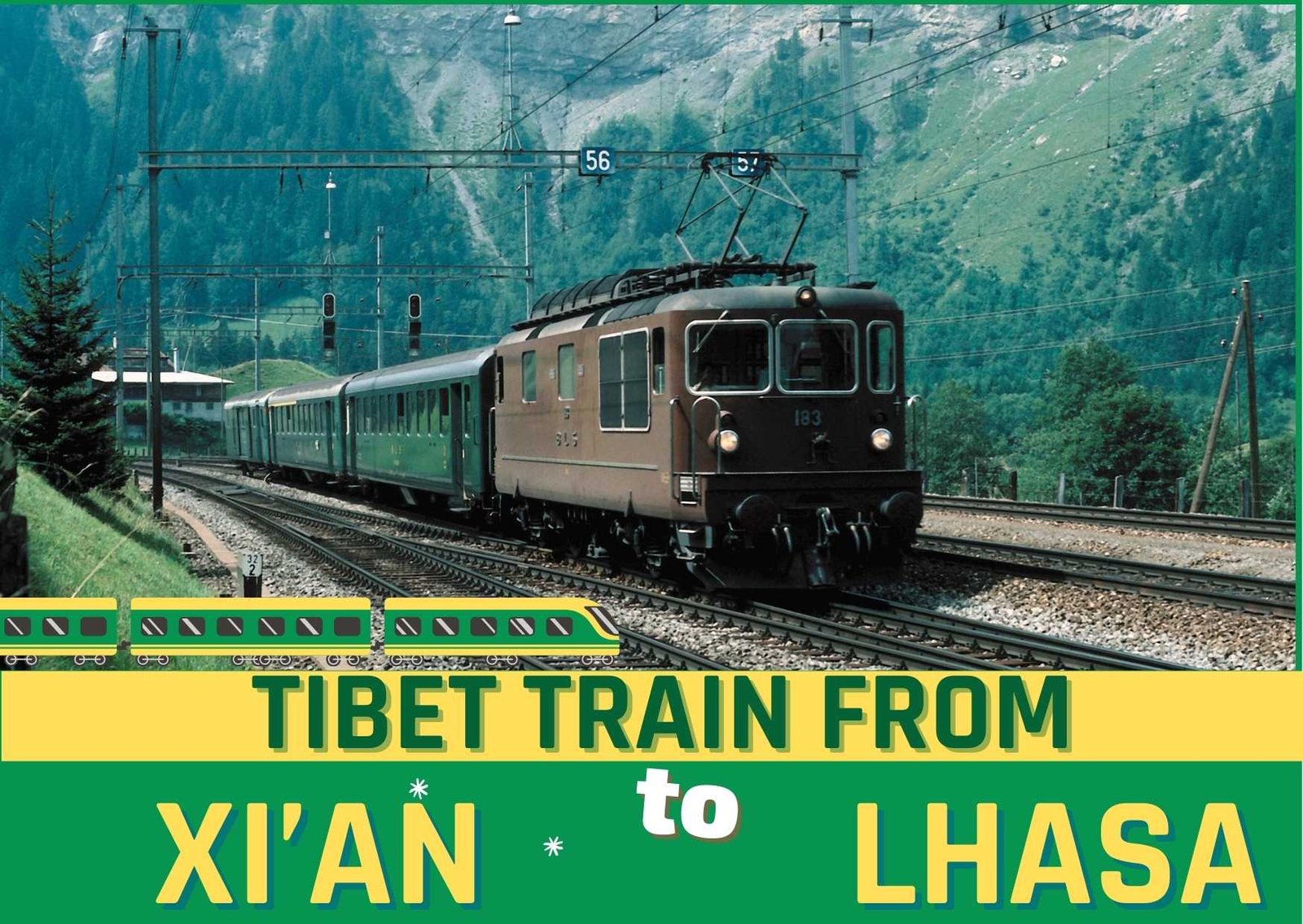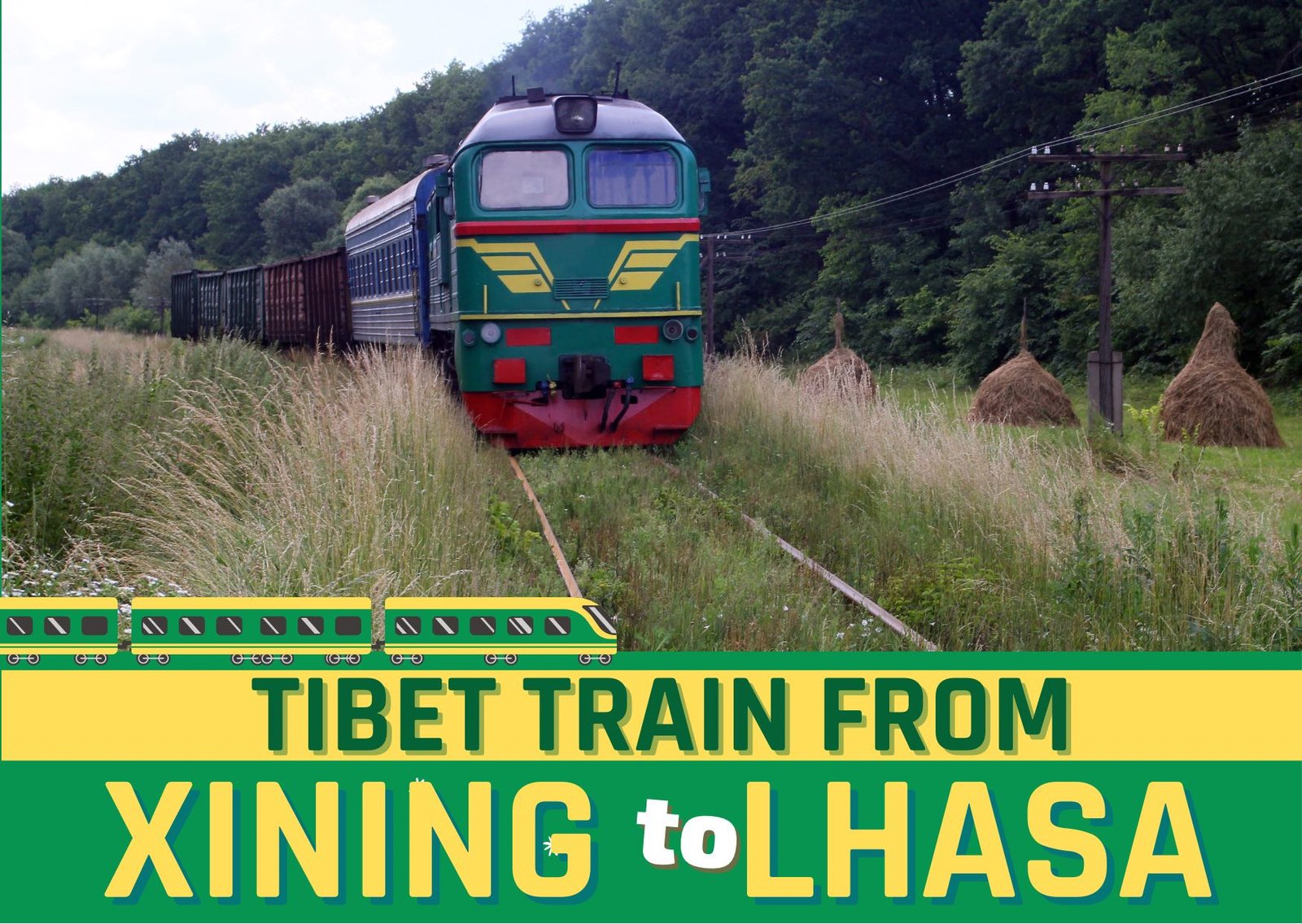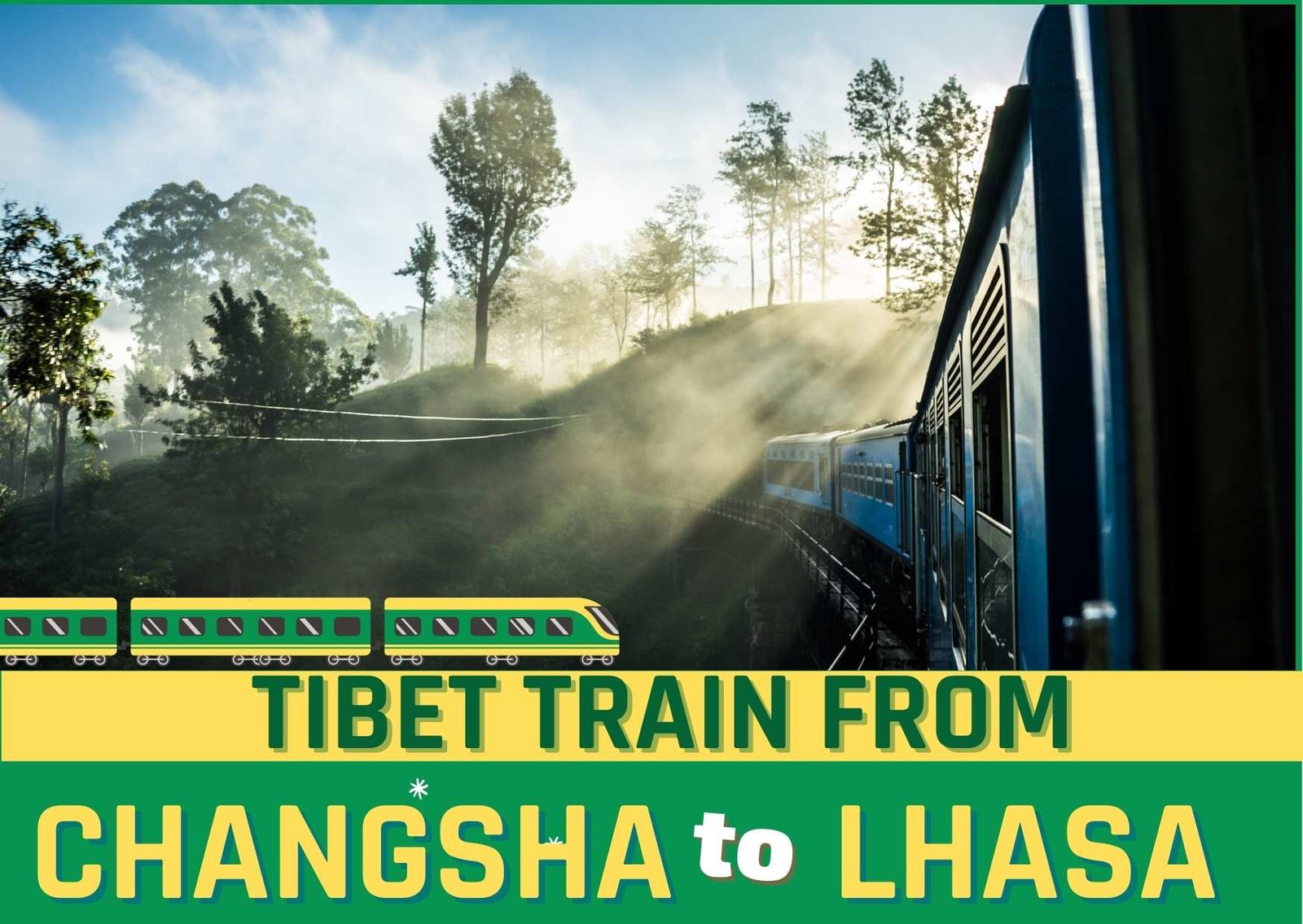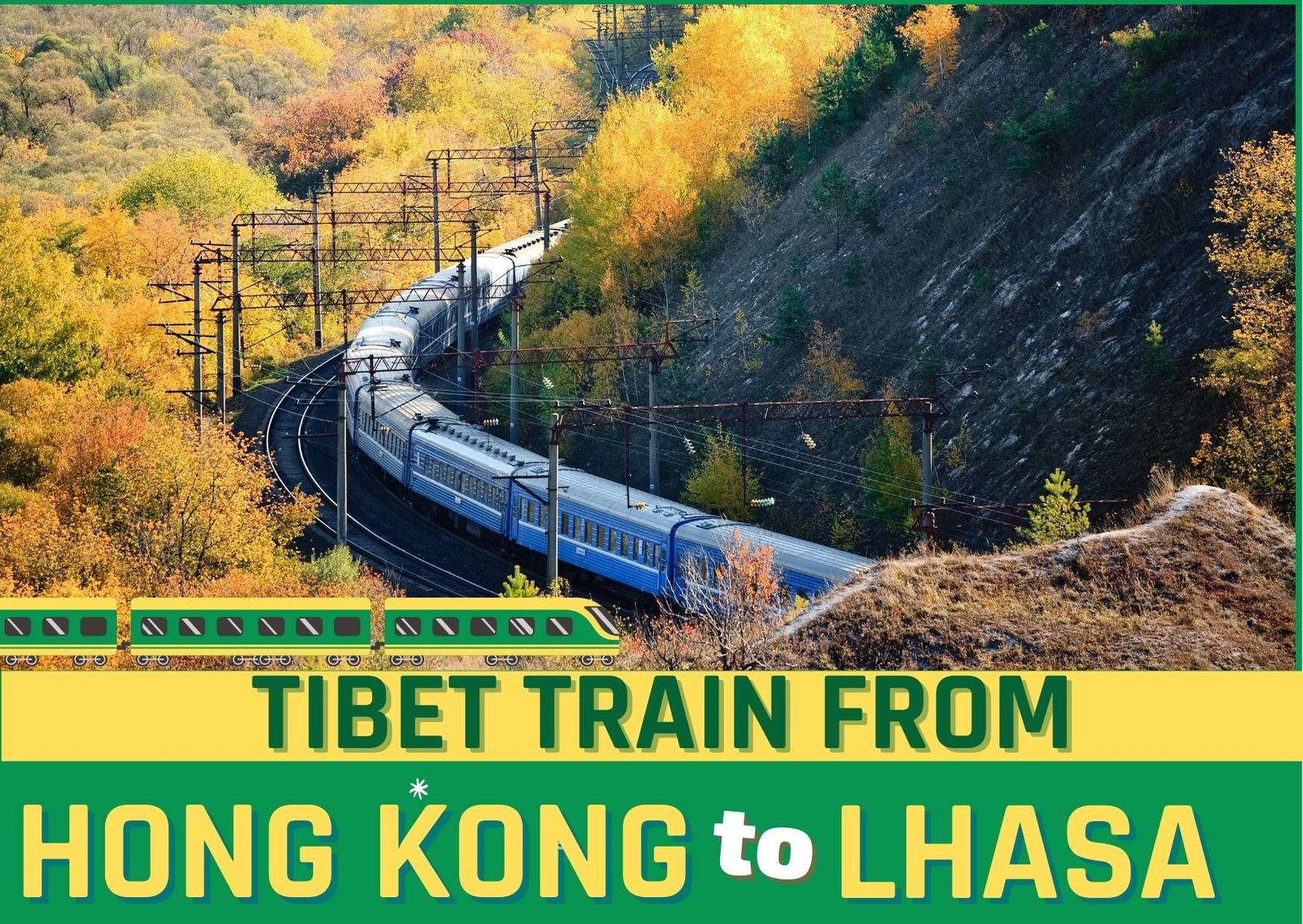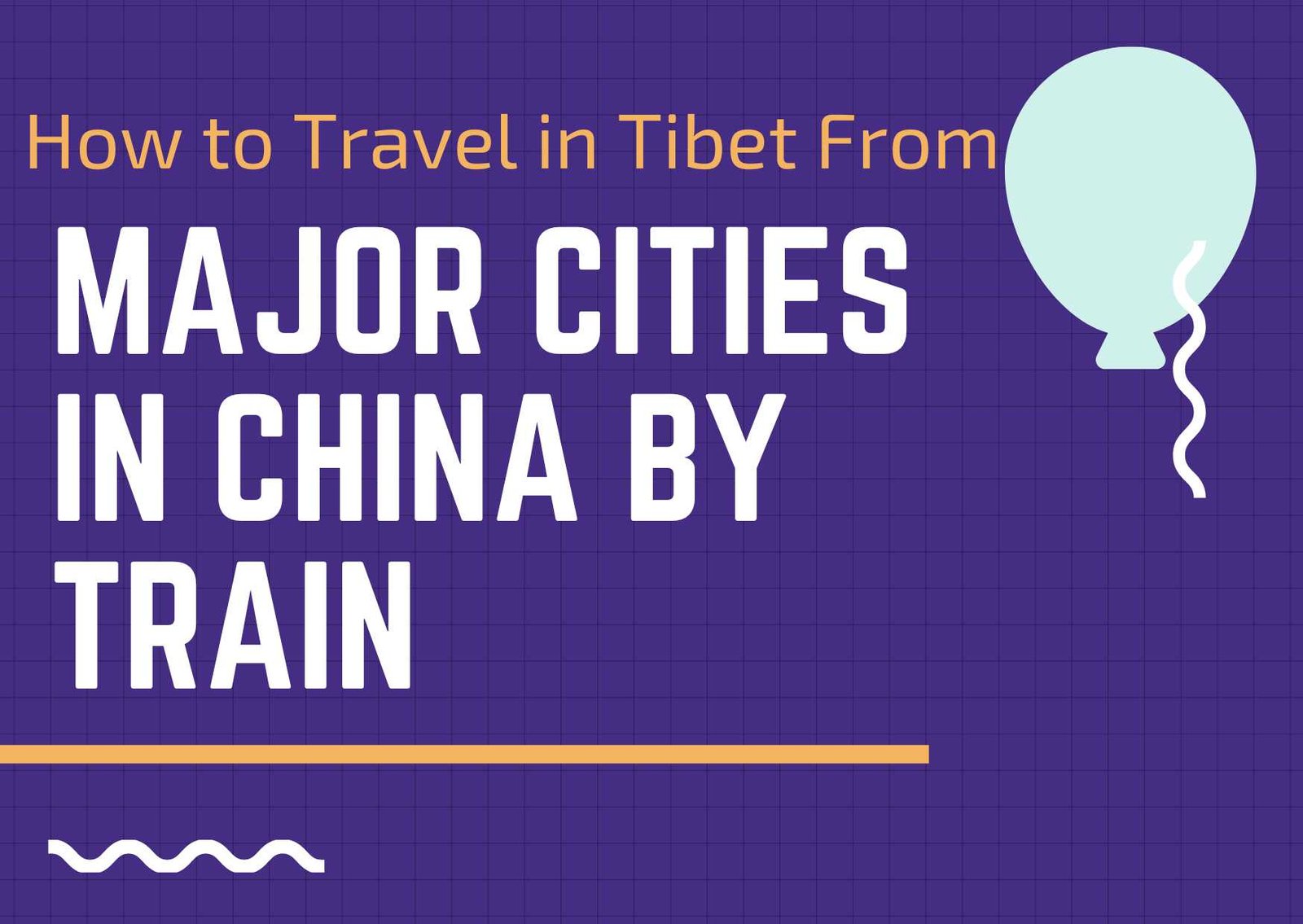There are three types of coaches on the Tibet train: first-class soft-berth sleeper, second-class soft-berth sleeper, and soft seat coaches. Due to the long journey, most travellers prefer soft sleepers. The second-class soft-berth sleeper is also known as a hard sleeper. Both the soft sleeper and hard sleeper are comfortable. The main difference is that a hard sleeper has a compartment with 6 beds on 3 levels, instead of 4 beds on 2 levels, and there is no door on the compartment. It provides basic beds and quilts. Each train has approximately 600 hard sleeper berths, making it easier to reserve tickets.
A handy comparison of three accommodations
Soft sleeper cabins offer the best experience for tourists on a mesmerizing journey across the roof of the world. They provide privacy, a peaceful sleep, and enhanced safety with a closed door. In contrast, hard sleeper cabins lack a door, exposing tourists to potential disturbances. Hard seat carriages are not recommended due to discomfort and lack of privacy. Choose the soft sleeper for optimal comfort and ease on this remarkable adventure.
Hard Sleeper
Each Qinghai-Tibet train has 8 hard-sleeper cars, with a capacity of 60 people per car, totalling 480 people. Compared to the soft sleeper, the hard sleeper is more affordable and less private. However, it provides more opportunities to make new friends and share stories, food, and other things with like-minded passengers. Despite its name, the hard sleeper beds are not excessively firm. Nonetheless, there is a significant difference between the facilities of hard sleepers and soft sleepers. Unlike soft sleeper cabins, hard sleeper cabins do not have doors separating them from the corridor. Each hard sleeper berth accommodates 6 beds, as opposed to the 4 beds in a soft sleeper, resembling a dormitory due to the lack of doors. Hard sleeper classes are typically crowded. The dimensions of a hard sleeper berth are 60 cm wide and 180 cm long. Hard Sleeper Train Tickets are approximately 35% cheaper than soft sleeper train tickets (though still more expensive than hard seat class tickets).
Soft Sleeper
Each Qinghai-Tibet train has 2 soft-sleeper cars, each containing 8 small cabins with 4 beds, accommodating a total of 64 passengers. The cabins provide privacy with individual doors. Soft sleeper facilities offer the most comfortable journey on the Tibet train, although tickets for this class can be expensive, sometimes costing as much as a plane ticket to Lhasa. It is the only option for a private experience. The soft sleeper berth cabins have doors that can be closed, creating a secluded environment. Despite being the best class on the train, soft sleeper facilities are still basic. The berth space is comfortable, though slightly smaller than the hard sleeper. Each soft sleeper berth measures 75 cm in width and 190 cm in length, with a 50 cm wide space between the left and right berths. All beds are equipped with personal reading lights and oxygen outlets, ensuring a pleasant reading experience and alleviating concerns about altitude sickness during the long journey.


